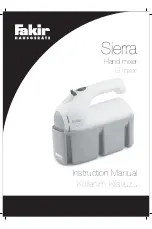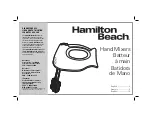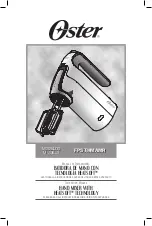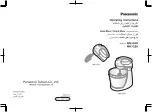
THE GUTZ
GUTZ
There is a 4-deck sandwich arrangement of printed circuit boards that make up the active electron-
ics that process audio. Two long boards are so-called motherboards that hold 5 small PCBs each. There
are separate motherboards for left and right, and the left is the top board, while the bottom takes care
of the right. Each mother has about 36 relays and a dozen connectors, plus about 4 ICs that feed a fake
signal to bypassed inserts. There are a number of connectors on the bottom the motherboards to join
with each other.
The 5 small daughter boards on each mother can be considered gain blocks and there are 10 total.
Each is labeled to its calibrated location but there is some minor inter-changeability for troubleshoot-
ing. For example, on each mother, #1 and #5 (INPUT TRIM, OUTPUT TRIM) can be swapped. #2
and #3 can be swapped as well, but in the case of such a swap you must move the red jumpers off #3
(now in #2’s place) and put them on #2 (now in #3’s place). However, you cannot swap daughter
boards from the bottom to the top mothers because of connector inversions. Because of the precision
calibrations, especially in the SUM-DIF circuits, we advise that after a temporary swap the boards
should go back to their original locations.
If one board or switch develops a problem and needs to be replaced, Manley has a support program
and boards in stock intended for swapping in the field (rather than sending the entire BACKBONE back
to the factory and losing time).
Similarly, front panel boards associated with EAO buttons (which are also on sockets) and Greyhill
switches, back panel boards associated with XLRs and multi-pin connectors and power supply boards
are all on connectors and can be easily field serviced. The Mastering switcher should be operable for
decades.
Each daughter board has several trimmers and some of them should be tweaked on a routine basis
(like once a year) for best performance. These would be trims associated with gains and DC offset.
About half the trims may rarely need tweaking or perhaps can be left at factory settings and these are
only associated with common mode rejection (hum & buzz immunity). Because the trimming pro-
cedure for the BACKBONE requires special equipment generally not in the hands of end users, we
strongly suggest leaving this process to the Manley Labs service center, or to a qualified technician.
12












































